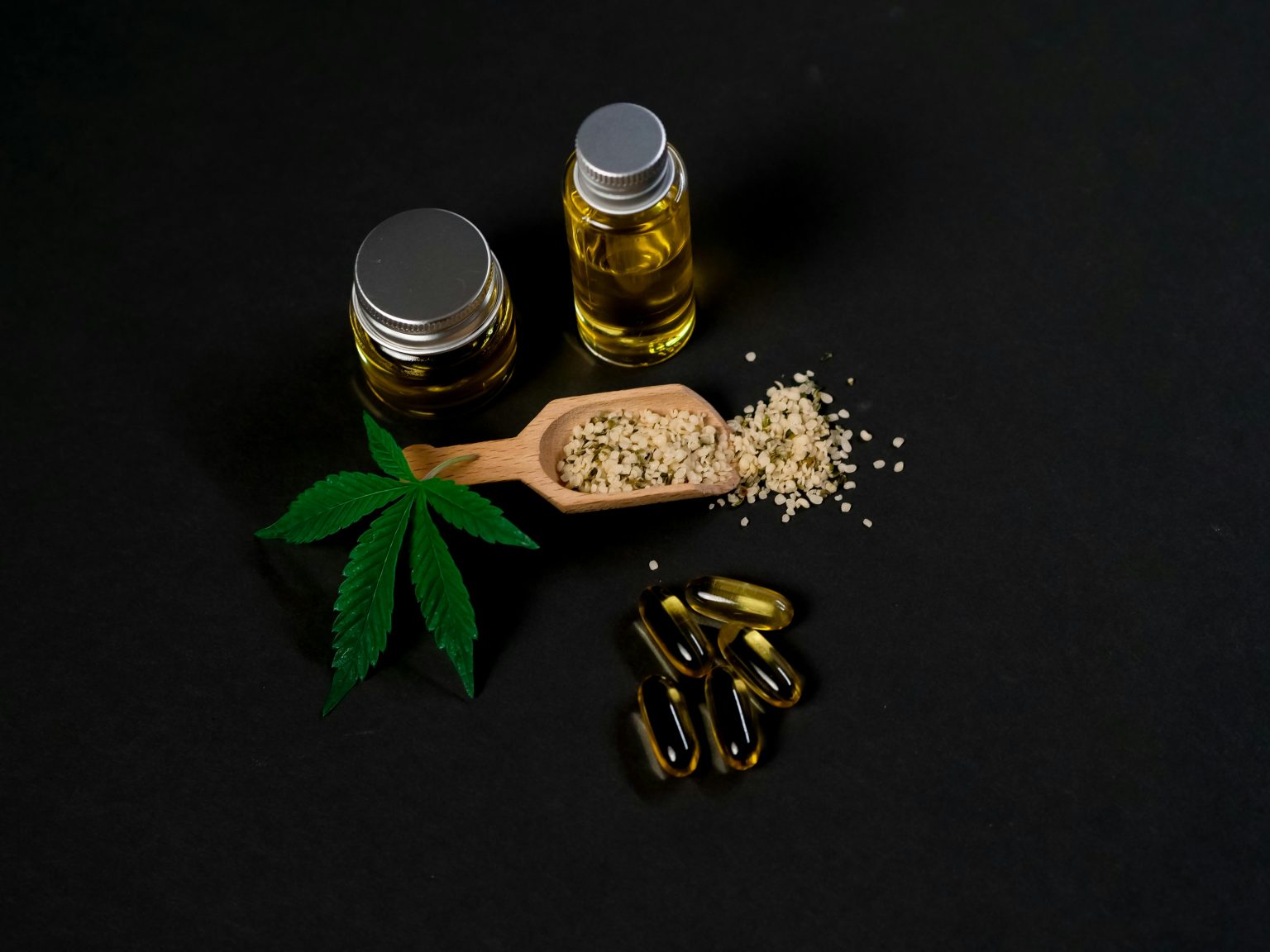If your back’s been aching nonstop or your knees feel like they’ve aged 20 years overnight, you’ll try just about anything for relief. But what if you get a product that is highly effective and 100% natural with no risk of side effects or harmful chemical traces whatsoever!
No, it isn’t a dream! CBD brings these benefits to reality. This stuff is everywhere now, buzzing through conversations like it’s the next big answer for chronic pain, joint issues, or even sore muscles after a long hike or gym session.
But when it comes to actually figuring out how much CBD to take for pain, it’s easy to get lost. Do you go with a dropper of oil? Pop a gummy? Try a cream? More importantly, how much is too little, or too much? Let’s break it down so you don’t waste your money or time getting it wrong.
Introduction to CBD for Pain Relief
CBD, short for cannabidiol, is one of the key compounds found in cannabis plants. Unlike THC, it doesn’t get you high. That’s good news for people who want relief without the couch-lock vibes.
The exciting part? Early research and tons of anecdotal reports suggest CBD might help with different types of pain: chronic pain, inflammation, and even neuropathic discomfort related to nerves. But we’re still in the early stages of fully understanding how it all works, which makes smart dosing super important.
Determining the Right CBD Dosage for Pain
CBD dosing isn’t one-size-fits-all; it varies depending on individual factors like your body, metabolism, CBD product you’re using, and the type of pain or discomfort you’re managing. If you’re just starting, CBD oil Canada is great for fine-tuning your dosage. Here are some key guidelines to help you find your ideal dose:
- Start Low: Begin with a small dose of 5 to 10 mg per day. This allows your body to adjust gradually.
- Increase Gradually: If needed, increase your dose by 5 mg every few days, based on how you feel.
- Moderate Pain: For more intense pain, starting doses around 20 to 50 mg per day might be more effective.
- Inflammation Relief: Many people who suffer from chronic inflammatory pain notice improvements with doses between 20 and 40 mg, though some may require up to 100 mg.
- Track Your Progress: Keep a journal or notes on your phone to log your doses and how you feel. This helps you pinpoint what works best.
- Upper Limit: It’s recommended not to exceed 160 mg of CBD per day for healthy adults. Beginners typically need much less.
Methods of CBD Administration
Choosing the right way to take CBD depends on your lifestyle, preferences, and the results you’re looking for. Each method offers unique benefits and absorption rates, so it’s worth trying your options.
- Sublingual (Oils and Tinctures): Place drops under your tongue for quick absorption through the mucous membranes. Effects are usually felt within 15–45 minutes.
- Edibles (Gummies, Capsules, and Snacks): A convenient and tasty option, though they take longer (30–90 minutes) to kick in since they must pass through the digestive system.
- Topicals (Creams and Balms): Applied directly to the skin, these are ideal for targeting localized pain or inflammation without systemic effects.
- Inhalation (Vaping or Smoking): Provides the fastest results, often within minutes, but may not be suitable for everyone due to potential respiratory risks.
- Beverages (CBD-infused Drinks): A growing option for consuming CBD discreetly, with effects similar to edibles.
Combination Therapy: CBD and THC
Some people swear by combining CBD and THC for added pain relief, and the science backs that up. These two can work together and perform collaboratively to deliver holistic benefits or the “entourage effect.”
Here’s the thing, though, THC can produce psychoactive effects (a.k.a., it can get you high), so it’s not for everybody. If you’re just starting out, most experts say to begin with CBD alone and only add THC if you really need the extra support and can handle its effects.
It’s also worth noting that some full-spectrum CBD products already contain a bit of THC, usually not enough to feel loopy, but enough to support the CBD.
CBD Safety and Potential Side Effects
CBD is generally considered safe when used responsibly, but individual experiences can vary. Factors like dosage, method of administration, and personal sensitivity play a role in how your body responds. Starting with a low dose and gradually increasing it can help minimize any unwanted reactions.
It’s important to choose high-quality CBD products from reputable sources, as impurities in lower-grade options can affect their safety and effectiveness. Consult a healthcare professional before adding CBD to your routine, especially if you’re taking other medications or have underlying health conditions. Listening to your body is key to a positive CBD experience.
Top CBD Products for Pain Relief
Choosing the right product can make a big difference. Full-spectrum products often contain a mix of cannabinoids that work together for better results, compared to isolate CBD (which is pure CBD on its own).
Many users prefer full-spectrum because they might get a wider range of benefits. However, if you’re concerned about THC, for example, if your job drug tests, you may want to stick with broad-spectrum or isolates.
Topical options, like CBD cream Canada, are also great for targeted joint and muscle pain. Think of them like your classic pain creams, but infused with CBD. It could be a clutch addition to your recovery routine, especially if you’re dealing with surface-level aches.
Conclusion and Future Directions
To wrap it up: CBD might be a solid tool in your pain relief toolbox, but it does take some experimenting to get it right. Start low (5–10 mg), go slow, and pay attention to how you feel. Dosage isn’t one-size-fits-all, and how you take it: oil, capsules, or cream, can change your experience entirely.
Scientists are still working to pin down the perfect guidelines for dosing and usage. As more legit research rolls in, we’ll hopefully get clearer answers. But for now, taking things step-by-step and staying informed is your best bet.
As always, talk to a healthcare provider before starting something new, especially if you’re taking other medications. CBD can affect how some drugs are processed in the body.
With the right care and patience, CBD might just help take the edge off when your body’s giving you a hard time.



